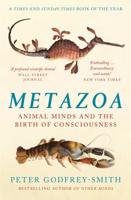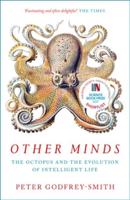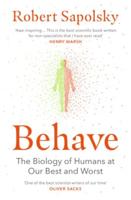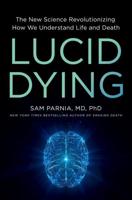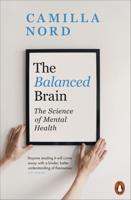Publisher's Synopsis
This volume comprises the lectures and a selection of communications presented at the International Congress on Chronobiology, held in Paris, in September, 1997.;Since the late 1960s it has been shown that a number of physiologic functions are regulated by a system of clocks controlling basel levels of activity and responsitivity to changes in the environment. At the beginning of this century (1935) Erwin Bunning was the first to demonstrate that plants and insects still displayed circadian rhythms after they or their parents were raised in constant conditions. Later on, he was the first to demonstrate that circadian clocks measure the length of the day. In the 1950s, Colin Pittendrigh provided strong evidence that circadianphenomena are not learned but they display endogenous properties, the periods of which are independent of environmental factors. Since then, a number of investigations have extensively documented properties of biological clocks and demonstrated their presence in organisms ranging from single-celled algae to humans.;This book reflects, and is a token of the recent advances in the study of biological rhythms in different areas such as molecular genetics, cell functions, neurobiology, biochemistry, physiology and pharmacology as well as the effects of the environmental signals (light, temperature..) on biological periodicities. The importance of rhythmicity in health and disease is also well highlighted in this volume.;These advances in both fundamental and applied chronobiology are presented in five parts: molecular, cellular and genetic aspects of biological rhythms; environmental signals, entrainment and regulation of biological rhythms; melatonin and the pineal gland; neuroendocrinology, metabolism and nutrition; experimental medicine; and clinical perspectives.

